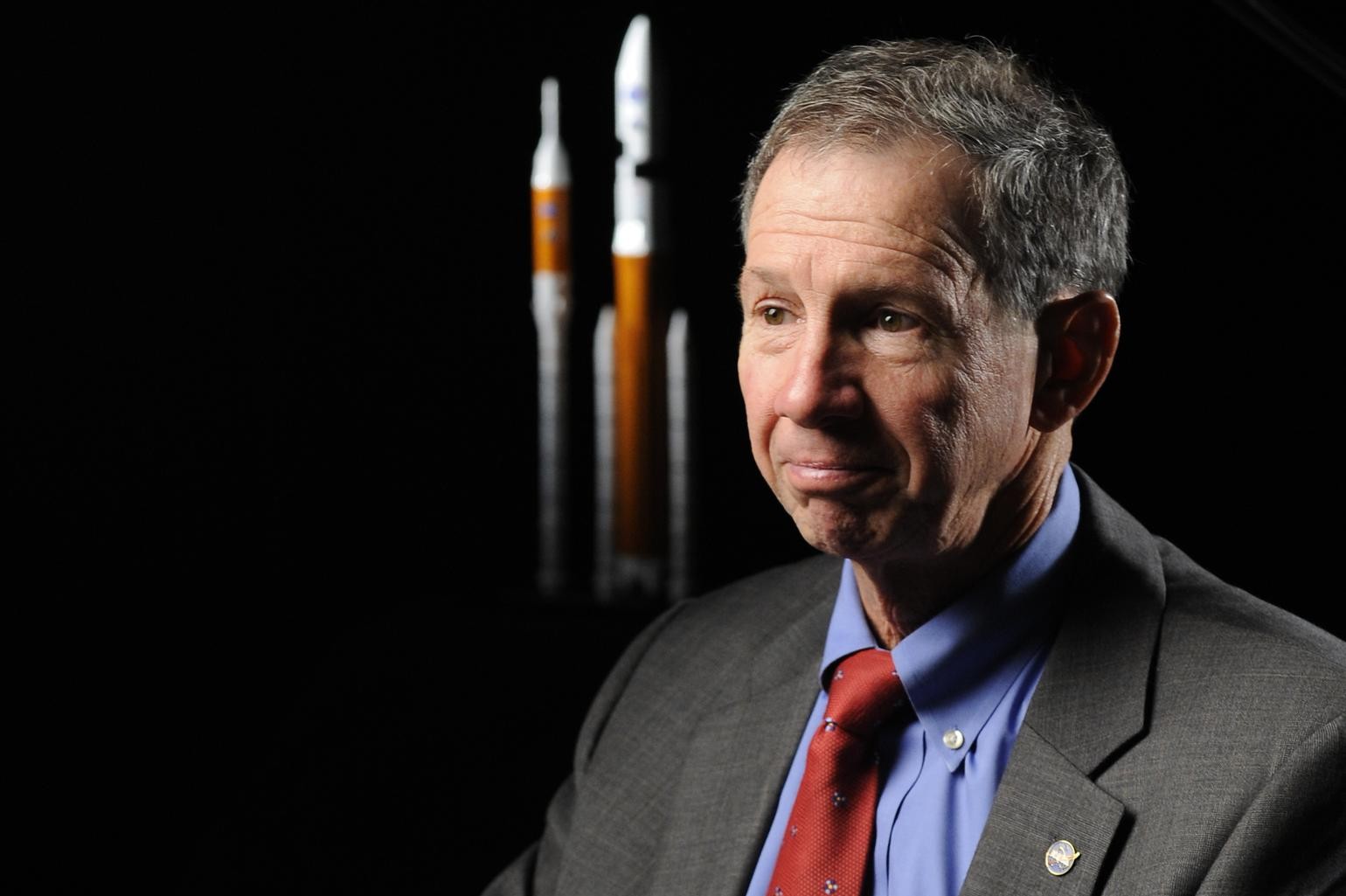Former NASA Director, Michael Griffin, Criticizes The Artemis Project
23rd Jan 2024
Michael Griffin, a former NASA administrator under the Bush administration, addressed a House subcommittee last week concerning NASA’s Artemis program, which aims to return humans to the lunar surface.
In a blunt appraisal of the program, Griffin described the project to be complex to the excessive, unrealistically priced, and even more damning suggesting that crew safety is ultimately compromised. Even if successful, the former NASA administrator doesn’t believe the mission can be achieved in a timely manner.
In essence, Griffin conveyed to the House Space and Aeronautics Subcommittee that NASA could not afford to engage in a convoluted, partially commercial strategy for returning humans to the Moon, especially with a focus on establishing long-term settlements.
Assessing Michael Griffin’s Written Testimony
During the hearing, Griffin was not pressed tremendously on the changes he would like to see implemented. However, this was all outlined in his written testimony.
He contrasts the contracts for SpaceX and Blue Origin, which total $6.3 billion, with the $257 billion cost of the Apollo program between 1960 and 1973. While the testimony acknowledges that the changes in space infrastructure and knowledge gained would reasonably result in a reduced cost, it is unreasonable to suggest that this could be done for what is effectively 1-2% of the cost.
“I will be direct,” Griffin said. “In my judgment, the Artemis Program is excessively complex, unrealistically priced, compromises crew safety, poses very high mission risk of completion, and is highly unlikely to be completed in a timely manner even if successful.”
He believes the agency should return to its foundational principles and return to the moon as soon as possible. He stressed the urgency of reaching the Moon swiftly to ensure that China, with its rival lunar program, does not surpass NASA and its collaborators in the race. According to him, the space agency must “restart” the Moon program, discarding all aspects of commercial space activities. In the testimony, he lays out fears that if other countries, most notably China and Russia, make progress while the U.S. doesn’t, this could represent a significant shift in perceived status and power.
Griffin’s proposed approach to ensure the success of the Artemis program involves leveraging NASA’s Space Launch System (SLS). The critical element of the plan is to transport a crew of four astronauts inside an Orion capsule to the lunar surface, where they would remain for seven Earth days. This ambitious mission could be accomplished as early as 2029, reflecting Griffin’s strategy to keep Artemis on a targeted and expedited timeline.
Critics, however, point out that this 2029 timeframe is unreasonable since the testimony glosses over the development of the lunar ladder. This is yet even to be designed. Even with the formidable Block II configuration of the SLS tasked with launching the crew, it appears that its realization is still years away, considering the current pace of progress within the agency.







Thank you for your comment! It will be visible on the site after moderation.